30 Mar DIY Furnace Repair Guide
When winter’s chill permeates the air, the combined warmth and comfort of a well-functioning furnace become the unsung heroes in our homes. Yet, often, we only notice these vital systems when something goes awry. This essay aims to empower you, the general public, with a deeper understanding of your furnace’s anatomy and the know-how to diagnose and remedy common issues that may arise. Starting with a comprehensive overview of the essential components such as the thermostat, ignition system, and heat exchanger, and extending through to the intricacies involved in troubleshooting, we will traverse the inner workings of these indispensable machines. Moreover, we’ll underscore the assortment of tools you’ll need in your arsenal and the paramount safety precautions required to ensure the well-being of both the individual and the furnace. Armed with this knowledge, you’ll be equipped not only to appreciate the silent labor that keeps your abode toasty but also to take proactive steps in maintenance and repairs.
Understanding Furnace Components
Hey there, lovely community!
As the temperature takes a dip and the coziness of our home becomes ever so important, let’s get down to brass tacks about something that keeps our nests warm and toasty – the trusty furnace. Understanding the key components and what they do can help us appreciate this unsung hero of our homes even more!
- Thermostat:
Our comfort commander, the thermostat, is the main control that tells the furnace when it’s time to spring into action. It monitors the room temperature and sends a signal to the furnace to heat up the house when needed. Think of it as the conductor of our symphony of warmth. - Burners:
These are the flame-makers that ignite the fuel – be it gas, oil, or propane – ushering in the magic of heat. When the thermostat gives the go-ahead, the burners kick-start the heating process by generating a controlled flame. It’s like a campfire right inside our home, minus the marshmallows! - Heat Exchanger:
The unsung hero, the heat exchanger, is a set of tubes or coils that gets cozy with the burner-generated heat. As it heats up, the air around it warms and is then propelled into our living spaces. This part bears the mantle of keeping the combustion process separate from the air we breathe, ensuring our family’s safety is never compromised. - Blower Motor:
Once the air is heated, the blower motor takes the baton and runs with it – literally pushing the warm air through the ductwork and into the rooms of our house. Holler for the blower – it makes sure every nook and cranny gets a touch of warmth. - Flue or Vent:
Ever the vigilant sentinel, the flue or vent pipes away the byproducts of combustion, like carbon monoxide and water vapor, out of the house. It’s the exit lane for gases that have done their duty and ensures that our indoor air stays hale and hearty.
Getting cozy with the parts of our furnace helps us understand their functions, spot issues when things go awry, and appreciate the warmth they tirelessly provide. So, the next time the furnace kicks on, tip your hat to these unseen heroes that keep the chill at bay.
Stay warm, stay informed, and here’s to many more bicycle days with the kids in a home that’s just the right kind of snug. Cheers to keeping the home fires burning safely and smartly!

Troubleshooting Common Furnace Problems
Furnace Troubles Be Gone: Easy Fixes for Your Cozy Home
Hey there, fellow family-focused folks! We’ve all been there – in the midst of a chilly evening, when all of a sudden the home feels a little too similar to the frosty outdoors. A furnace not doing its job is a snag no one wishes on a cozy family night in. But don’t let furnace woes dim the warmth of your home sweet home! Let’s roll up our sleeves and dive into some handy tips that can help bring back the heat without breaking into a sweat!
First things first, filters! Yes, they can be the culprit behind a lackluster furnace performance. When was the last time the filter was changed or cleaned? A clogged filter not only hampers airflow but can also cause the system to overheat. So, let’s swap out or clean that filter and potentially nip the issue in the bud.
Next on our list is the pilot light for those rocking a gas furnace. If it’s out, the heat won’t be about. Safety first – ensure the gas valve is turned off before anything else. Give it a moment, then relight according to the manufacturer’s instructions. If the light won’t stay lit, it might be a sign to call in a professional to take a look at the thermocouple.
Circuit breakers, oh the joy! At times, the solution is as simple as flicking a switch. If the furnace isn’t powering up, head over to the electrical panel. A tripped breaker or blown fuse could be playing hide and seek. Flip it back on or replace the fuse, and it might just be the quick fix needed.
What about the vents and registers throughout the house? Make sure they’re open and unblocked. A closed-off vent here, a piece of furniture there – such innocent acts can impose on the furnace’s flow of warmth. Keep pathways clear for that toasty air to circulate properly.
One more thing – it’s always good to listen. Weird bangs, squeals, or rattles coming from the furnace can be telling tales of a mechanical issue, like a loose belt or a part in need of lubrication. Sometimes, a little tightening or oiling is all it takes. Still, if those noises persist, a technician’s expertise might be the next step.
Remember, while a DIY spirit can go a long way, safety and common sense are the best tools in our toolbox. When in doubt, or if the fix is out of the comfort zone, never hesitate to call in a seasoned pro. After all, keeping the hearth warm is a priority but doing it safely is paramount. So, let’s keep those family moments cozy, and may your furnace run as smoothly as our little ones’ bedtime routines (we can dream, right?)! Happy troubleshooting!

Safety Precautions and Tools
When embarking on furnace repair, meticulous attention to safety is paramount. Remember, tinkering with this household beast can be fraught with risks, but with the right safety measures and tools, you can keep your castle warm and your knights and damsels safe. So, let’s crank up the heat on safety, not on the thermostat.
First up, safety gear! Don those formidable gloves to shield your hands from sharp metal edges. Next, safety goggles to protect those keen parental eyes – because there’s no pausing parenthood, even during DIY repairs. A dust mask is your trusty steed against the onslaught of dust and debris you might encounter.
Now, onto the tools of the trade. A multimeter becomes your trusty sidekick, allowing you to verify electrical currents and ensure no live wires are lying in wait. A quality set of screwdrivers will help you dismantle and reassemble the furnace’s armory with knight-like precision. Slip-joint pliers are the unsung heroes of the tool belt, ready to grip and pull with the strength of a mighty oak.
Before charging into battle, ensure the furnace is powered down – no noble quest was ever started with the risk of electrocution. Always, and we mean always, turn off the fuel supply. Whether it’s gas or oil, a closed valve keeps the proverbial dragon at bay. And should you encounter a particularly stubborn screw or unfamiliar component, halt! This is the fortress’s way of telling you it might be time to call in the cavalry – a certified HVAC technician.
Wielding a flashlight will help you peer into the furnace’s darkest depths. No hidden issue can escape the vigilant watch of a parent armed with luminous scrutiny. Take heed of the furnace’s manual; these ancient scrolls hold the wisdom to navigate the innards of your climate-controlling beast.
Tread lightly when dealing with the ignitor or flame sensor – these are not swordplay, but rather delicate components that can easily be damaged. A gentle hand and a small brush are best for cleaning. Should you come across corrosion or wiring that looks more tangled than a child’s hair on picture day, pause. This is a telltale sign to consult with a professional before proceeding.
Lastly, remember that regularly scheduled maintenance by a qualified technician is like the knights’ watch that keeps the dragons at bay. It may not be the stuff of legends, but it will certainly keep your hearth burning safely and reliably.
And with that, fair citizens of the hearth and home, the furnace is ready to carry on its fiery duties. Until the next frost calls for a warm embrace and a hint of knightly valor. Stay safe, stay warm, and may your tools and wisdom keep your castle’s hearth ever blazing.

Ultimately, the ability to understand and maintain your home’s furnace can lead to a greater sense of self-reliance and potentially significant savings on repairs and energy costs. Through recognizing the signs of common furnace problems, employing the appropriate tools, and exercising diligent safety measures, you possess the capability to ensure that your home remains a refuge of warmth against the cold. While the technicalities of furnace repair may initially appear daunting, the skills you’ve acquired serve as a testament to the merits of informed homeownership. Let the knowledge you’ve gleaned ignite a confidence within, readying you to face the winter’s cold with a furnace that is cared for and capable.


Sorry, the comment form is closed at this time.